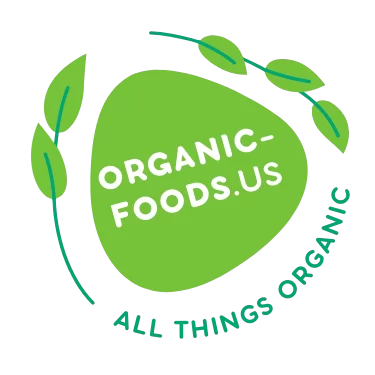Exploring Organic Ingredient Shortages Predicted
As we delve deeper into the 21st century, the global demand for organic products continues to surge. This rise in popularity is not just a trend but a shift towards more sustainable and health-conscious living. However, with this increased demand comes a looming challenge: the potential for organic ingredient shortages. In this article, we’ll explore the factors contributing to these shortages, their potential impacts, and what can be done to mitigate them.
The Rising Tide of Organic Demand
The organic food market has seen exponential growth over the past decade. Consumers are increasingly aware of the benefits of organic produce, which include reduced exposure to pesticides and a lower environmental footprint. According to a report by the Research Institute of Organic Agriculture, global sales of organic food and drink reached over 106 billion euros in 2019, a clear indicator of the market’s robust health.
This surge in demand is not limited to any single region. From North America to Europe and Asia, consumers are voting with their wallets for more sustainable options. However, this widespread demand is putting pressure on organic farmers to increase production, which is not always feasible due to various constraints.
Challenges Facing Organic Farmers
Organic farming is inherently more challenging than conventional farming. It requires adherence to strict standards that prohibit the use of synthetic pesticides and fertilizers. These standards, while beneficial for the environment and consumer health, can lead to lower yields and higher production costs.
Climate change adds another layer of complexity. Unpredictable weather patterns can devastate crops, and organic farmers, who rely on natural methods, are often less equipped to mitigate these risks. For instance, a sudden drought can wipe out an entire season’s worth of organic produce, leading to shortages.
Moreover, the transition period from conventional to organic farming can take up to three years, during which farmers cannot sell their produce as organic. This transition period can deter many farmers from switching, further limiting the supply of organic ingredients.
The Impact of Shortages on the Market
When organic ingredient shortages occur, the ripple effects are felt throughout the supply chain. Retailers may struggle to keep shelves stocked, leading to higher prices and frustrated consumers. Restaurants and food manufacturers that rely on organic ingredients may need to alter their menus or product lines, which can impact their brand identity and customer loyalty.
Shortages can also lead to increased competition for available organic produce, driving up prices even further. This can create a vicious cycle where higher prices lead to reduced consumer demand, which in turn affects farmers’ ability to invest in organic production.
Strategies to Mitigate Shortages
To address the looming threat of organic ingredient shortages, several strategies can be employed. One approach is to invest in research and development to improve organic farming techniques. This could include developing new crop varieties that are more resilient to climate change or improving soil health to increase yields.
Another strategy is to support farmers during the transition period from conventional to organic farming. Governments and private organizations can offer financial incentives or technical assistance to ease this transition, encouraging more farmers to switch to organic methods.
Additionally, diversifying the sources of organic ingredients can help mitigate shortages. By importing organic produce from regions less affected by local shortages, retailers and manufacturers can maintain a steady supply. However, this approach must be balanced with the goal of reducing the carbon footprint associated with long-distance transportation.
The Role of Consumers
Consumers also play a crucial role in addressing organic ingredient shortages. By being flexible with their choices and understanding the challenges faced by organic farmers, consumers can help stabilize demand. For instance, choosing seasonal produce or exploring alternative organic products can reduce pressure on specific ingredients.
Educating consumers about the realities of organic farming can also foster a more supportive community. When consumers understand the time and effort required to produce organic goods, they are more likely to appreciate the value of these products and be willing to pay a premium during times of shortage.
Looking Ahead: The Future of Organic Farming
The future of organic farming is at a crossroads. With the right support and strategies, it is possible to meet the growing demand for organic ingredients while ensuring the sustainability of the industry. However, this will require a concerted effort from all stakeholders, including farmers, retailers, policymakers, and consumers.
One promising development is the increasing interest in regenerative agriculture, which goes beyond organic farming to focus on restoring soil health and biodiversity. By adopting these practices, farmers can not only increase their yields but also contribute to the fight against climate change.
In conclusion, while the prediction of organic ingredient shortages is a cause for concern, it also presents an opportunity to rethink our approach to sustainable farming. By working together, we can build a more resilient and equitable food system that benefits both people and the planet.

